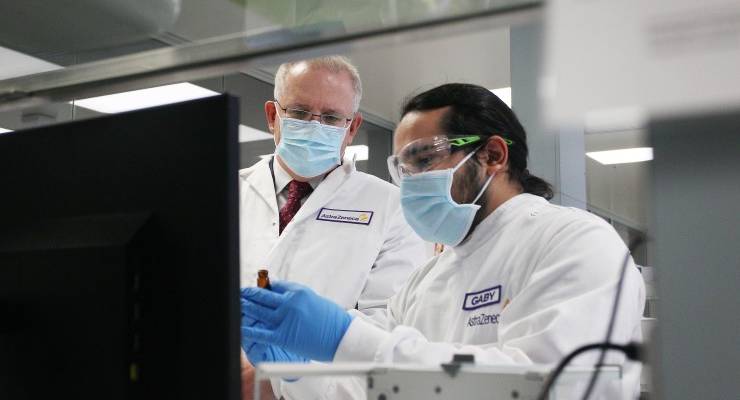
There were some smart thoughts in this year’s budget.
Here are Crikey’s top five:
Research and development
The previous two budgets slashed research and development tax incentives by $4 billion, contributing to slipping productivity rates. Now the Coalition is trying to turn the tide, providing an extra $1 billion in new research funding for universities.
The government will also fund 1000 places in short courses at tertiary institutions other than universities (while universities continue to experience massive losses).
Home care packages
Home care packages, which provide funding for at-home support for Australia’s elderly, can take years to be approved. In 90% of cases, approval for the highest-level home care packages takes 35 months.
To address this, the budget allocates an extra $1.6 billion over four years for 23,000 extra home care packages. Bonus for granny flat owners: they now won’t have to pay tax on their flats so long as it’s occupied by someone with a disability or an older Australian with a formal written agreement.
Local government road spending
Local governments are more likely to use funding quickly, resulting in direct and indirect jobs. In this year’s budget, state and territory governments have been given a $7.5 billion boost to fast-track a previously announced 10-year plan for $100 billion in road infrastructure.
$2.7 billion will be given to NSW alone, including $560 million for the Singleton bypass on the New England Highway. Queensland will get $3 billion, with $1.1 billion for Victoria and $1.1 billion for Western Australia.
Instant write-offs
Businesses are the big winners in this year’s budget. The government’s tactic to restart the economy is to give companies incentives to hire and retain staff and spend, spend, spend.
3.5 million businesses with a turnover of up to $5 billion a year — which makes up almost 99% of Aussie enterprises — will be able to claim tax write-offs on new assets until the end of June 2022, with no cap.
Previously the asset threshold was just $30,000.
COVID-19 vaccine
The budget is built on the assumption that a vaccine will be readily available by the end of next year. Officials have been quick to point out that, yes, this is an assumption — but they’ve also put money where their mouth is.
There’s an extra $42.0 million over two years for local vaccine research, while agreements worth $1.7 billion over two years give Australia access to the AstraZeneca vaccine and Queensland’s CSL vaccine, with extra cash for needles and syringes.
We’ve also signed up to the COVID-19 Vaccines Global Access (COVAX) Facility, co-led by the World Health Organization, to make sure we have access to international vaccine candidates.
$23.2 million has also been repurposed from much of Australia’s humanitarian budget to develop immunisation policies in the Pacific, Timor-Leste and several south-east Asian countries.
NOTE: This story has been updated to reflect that there is no cap on the new asset write-off scheme announce in the federal budget.








Roads are a good idea. What would also have been a good idea was getting some investment into the electricity grid so that it could deal with the peaks and troughs caused by the increasing use of solar and wind. But I guess that’s just a step too far to the left.
The instant write offs will be rorted. One really good and overdue idea is to double the the number of psychologist visits for those with mental illness.
If the future is going to be electric vehicles then the roads expenditure hopefully includes a decent allocation to a network of highway charging points.
I must have missed that.